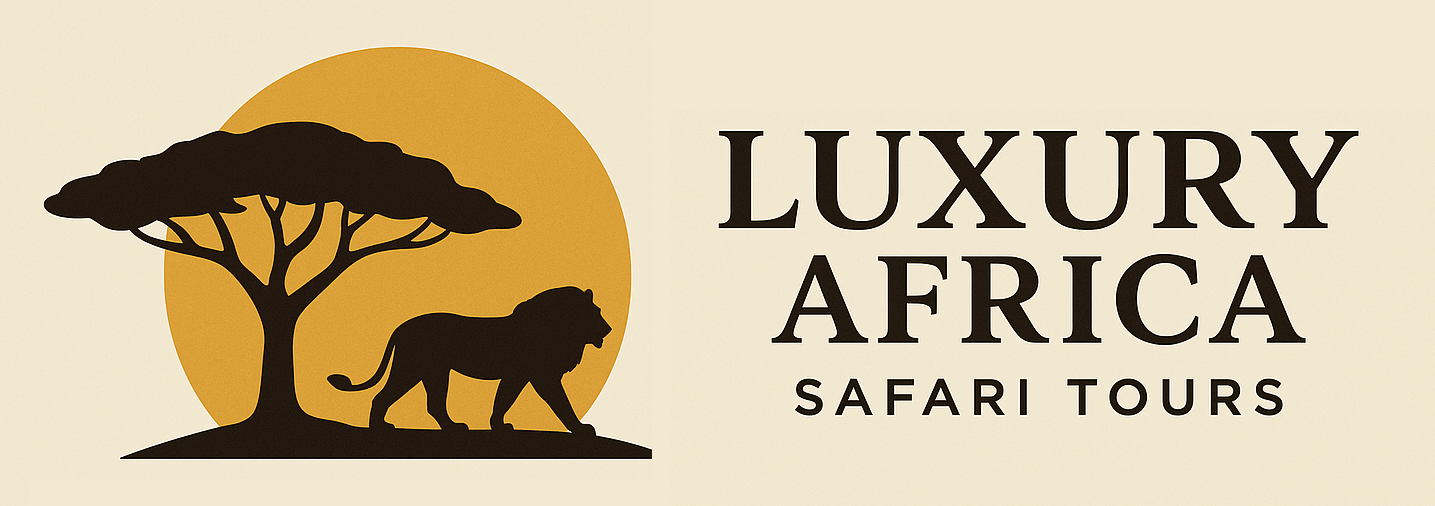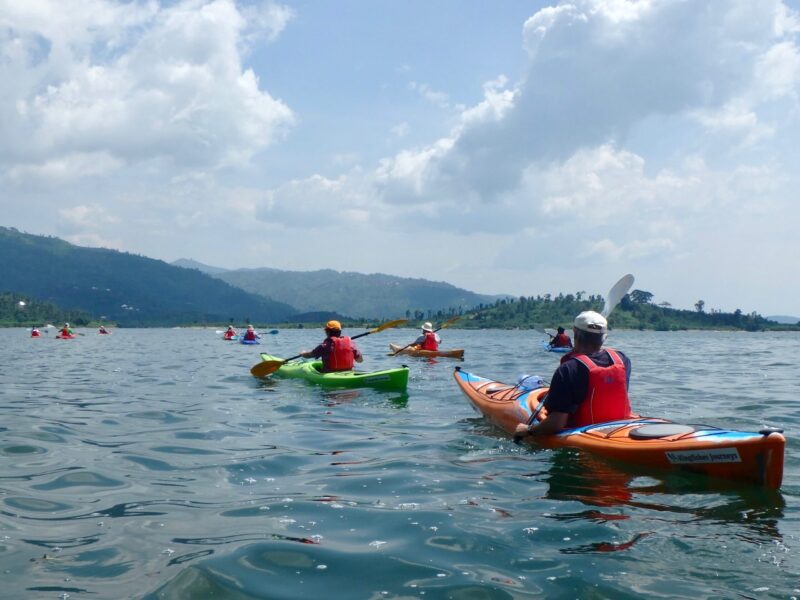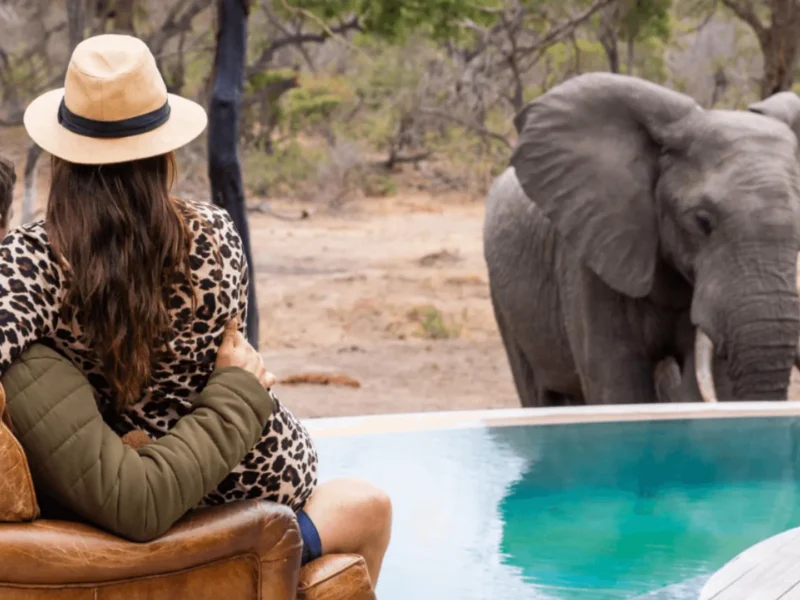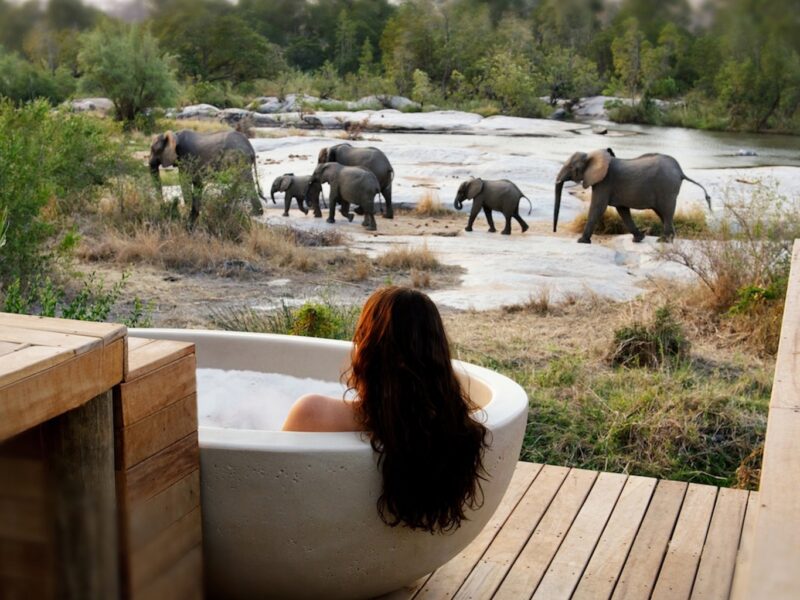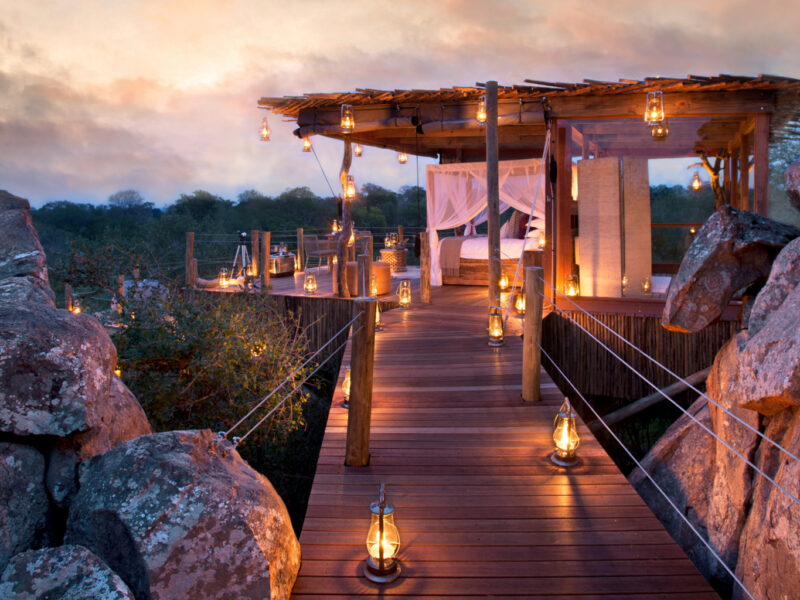When to Visit Botswana: November
November marks a transitional chapter in Botswana’s wilderness story. The sky, which for months has been dry and unwavering, begins to shift. Clouds build in the afternoons. Thunder rolls in the distance. And then, at last, the first drops fall — sudden, soft, and electrifying. The land breathes again.
This is the beginning of the green season, when the dry, dusty palette is slowly replaced by new life. For travelers, it’s a time of renewal and anticipation — where sightings remain incredible, but the experience begins to change. The safari slows down, softens, and becomes more intimate.
Wildlife: Abundance Meets New Rhythm
While some animals begin to disperse from high-density water areas, the wildlife is still exceptional. The Okavango Delta continues to support large numbers of game, and the Chobe River remains a stronghold for elephants, hippos, and crocodiles.
What changes in November is the energy. Antelope birth their young — impalas, wildebeest, and others — bringing a delicate beauty to the bush. With this birth comes the return of predators, and the drama continues, now tinged with vulnerability and hope. Big cats are never far behind, and the first rains trigger bursts of movement and new hunting grounds.
It’s a time of change, but also abundance — with action and tenderness unfolding side by side.
Birds Return, and the Air Comes Alive
November is the start of Botswana’s birding paradise. Migratory species arrive in vibrant flocks, transforming the skies and treetops into a kaleidoscope of color and sound. Carmine bee-eaters, woodland kingfishers, and countless others return from their journeys, filling the bush with song.
This explosion of life — from insects to birds to young animals — gives the safari a new layer of richness. The bush is waking up, and with it comes a sense of wonder and renewal.
Rainfall Begins — Gentle, Transformative
The rains are not yet heavy or constant, but their presence is felt. Afternoon storms build like theatre productions — wind, clouds, and sudden, cooling showers that wash the dust from the air and bring the scent of wet earth. It’s hot and humid during the day, but the landscape begins to soften.
In the central Kalahari and Makgadikgadi Pans, this marks the start of transformation. Dry salt pans begin to collect water. Flamingos and other waterbirds begin to gather. The desert prepares to bloom.
A Quieter Safari, Deeper Connection
November sees fewer tourists, as it sits between the dry season’s peak and the full green season. But for those who come, it offers a gentler kind of safari — one filled with space, solitude, and a strong emotional connection to the shifting land.
This is a time to witness nature not just surviving, but beginning again.
November is the prelude to renewal — the soft drumbeat before the rain, the hush before the song of the green season begins. For travelers who seek beauty not just in clarity, but in transformation, this is Botswana at its most poetic.
